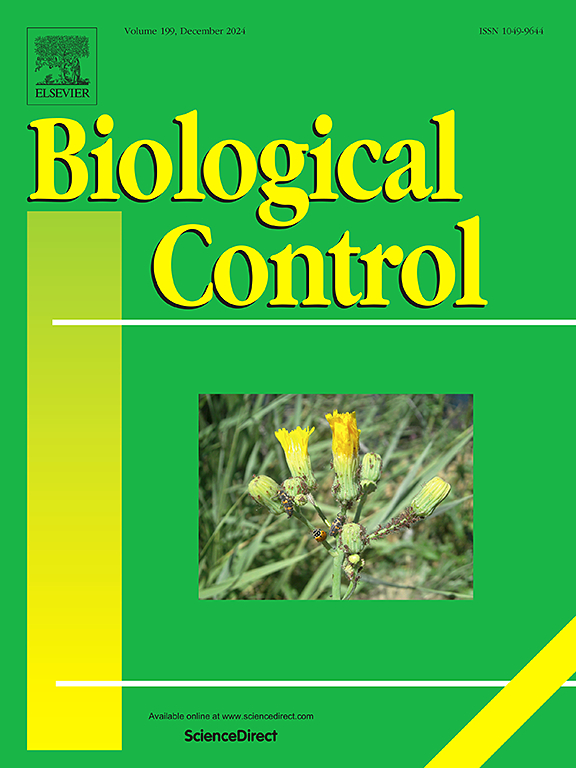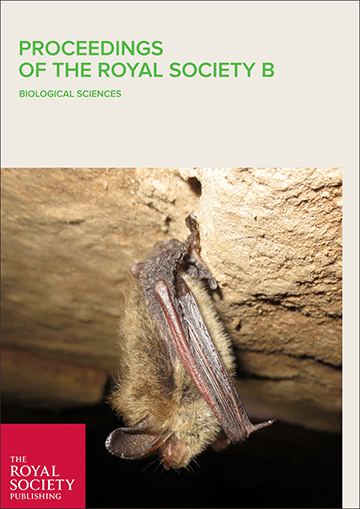Ecosystem services valuation (ESV) is increasingly used to provide the impetus to sustainably manage and restore ecosystems. When undertaking an ESV study, the available resources, desired scope, and necessary precision must be considered before determining the most appropriate approach. A broad range of techniques exist to support valuation studies, requiring a range of financial, time, and personnel resources. We surveyed authors that completed 56 responses around valuation studies regarding their total costs (including personnel costs) and the perceived precision of their results. Results show that the perceived precision of their results is statistically significant and increases with the cost of a study (adjusted R2 = 0.29, p = 0.018) and the number of person years required to complete it (R2 = 0.31, p = 0.22). Understanding the trade-offs between the costs of the study and the precision of the results allows policymakers and practitioners to make more informed decisions about which ESV methods are most cost effective for their needs. For example, basic value transfer techniques require minimal resources to implement but lack precision in the final estimates, while integrated modelling techniques provide dynamic, spatially explicit, and more precise estimates but are significantly more expensive and time consuming to implement. However, these techniques are not mutually exclusive. A quick, inexpensive initial analysis may support and motivate more elaborate and detailed studies.
DOI:
https://doi.org/10.1016/j.ecolind.2022.108551
Altmetric score:
Dimensions Citation Count:
























